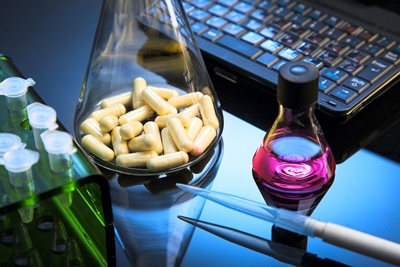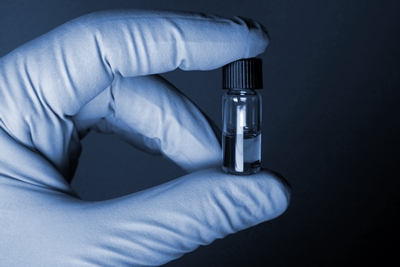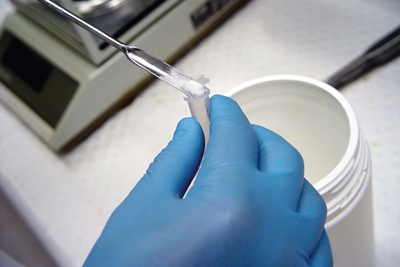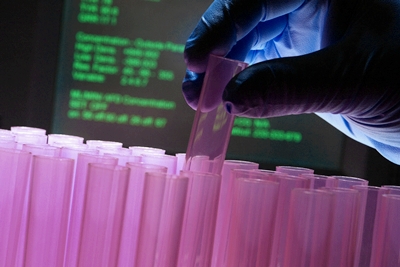RESOURCES Regulatory Basis of Cleanroom Performance Testing Based on USFDA and EUGMP
Regulatory Basis of Cleanroom Performance Testing Based on USFDA and EUGMP
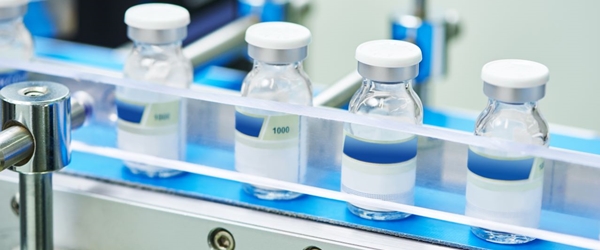
Manufacturing Practice (cGMP)
Current Good Manufacturing Practice (cGMP) is a guideline initiated by US FDA and is being followed by drug establishments to ensure that products provided to patients are consistently produced in an equivalent identity, safety, strength, quality and purity as that of the one used to establish the clinical database. These products are expected to be of help for the betterment of public health and will not impose life-threatening health risk to a patient.
Pharmaceutical Inspection Convention and Pharmaceutical Inspection Co-operation Scheme (jointly referred to as PIC/S), are two international instruments between countries and pharmaceutical inspection authorities, including FDA, to provide an active and constructive cooperation in the field of GMP. This organization aims to develop, implement and maintain a harmonized GMP standards and quality systems of inspectorates in the field of medicinal products. PIC/s, which is in parallel to EU GMP, started on 1970 and is continuously being adopted by other countries.
cGMP and PIC/s are implemented by US FDA and Europe FDA respectively in order to fulfill their responsibility: to guarantee that human and veterinary drugs, vaccines and other biological products and medical devices intended for human use are safe and effective. All activities involved in drug manufacturing and testing are regulated by these government institutions ensuring each steps are in accordance with the standard guidelines.
Part of the requirement in producing drugs, especially biologicals, is a cleanroom. This facility is specially designed and constructed in which; the air supply, air distribution, filtration of air supply, materials of construction, and operating procedures, are monitored to control airborne particle concentrations to meet appropriate cleanliness levels. Thus, FDA requires certain range of allowable number of particles per feet cube depending on the product to be produced and clean area classification. This entails validation of the facility to prove consistent compliance to the standard.
As defined by PIC/s PE 009-12(Part II), validation is a documented program that provides a high degree of assurance that a specific process, method, or system will consistently produce a result meeting pre-determined acceptance criteria. PIC/s identified four phases of performance testing: Design Qualification (DQ), Installation Qualification (IQ), Operation Qualification (OQ) and Performance Qualification (PQ). Execution of validation starts from designing a facility or formulating a process up to monitoring the performance. This is also applied for every major changes that may impart an effect on product quality: product formulation, process or major equipment.
On the other hand, US FDA also issued a cGMP guideline specifically for Sterile Drug Products Produced by Aseptic Processing. It states that “Clean area control parameters should be supported by microbiological and particle data obtained during qualification studies. Initial cleanroom qualification includes, in part, an assessment of air quality under as-built, static conditions. It is important for area qualification and classification to place most emphasis on data generated under dynamic conditions (i.e., with personnel present, equipment in place, and operations ongoing). An adequate aseptic processing facility monitoring program also will assess conformance with specified clean area classifications under dynamic conditions on a routine basis”.


